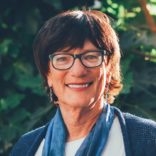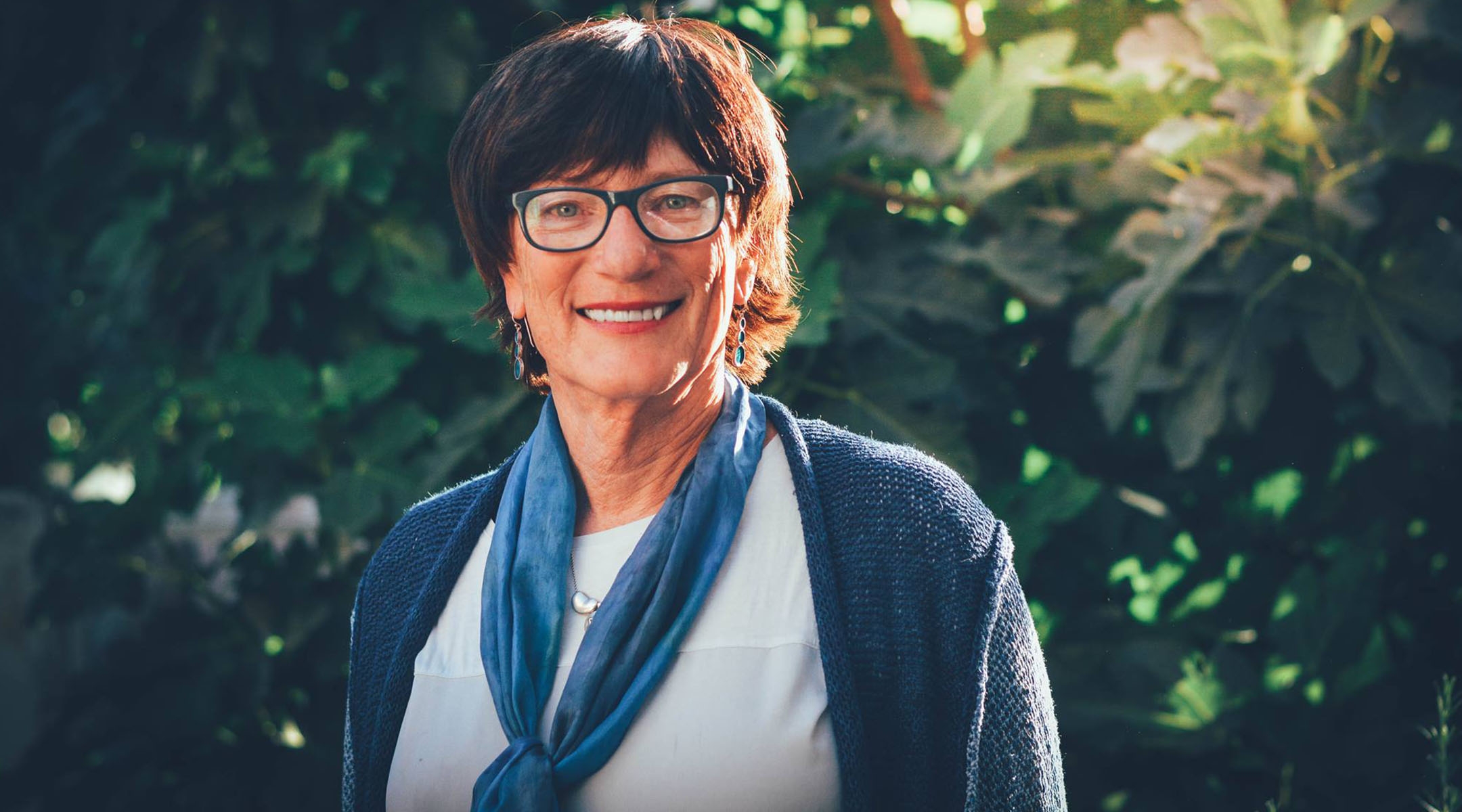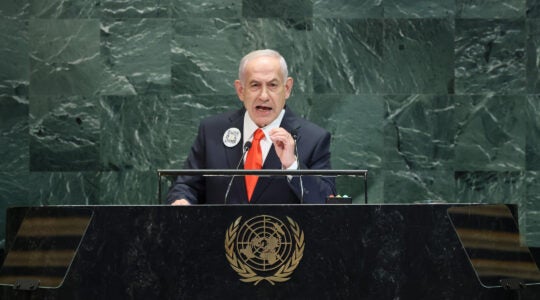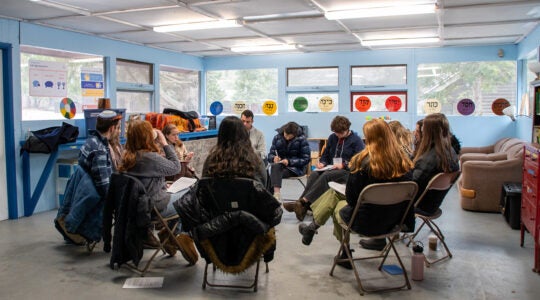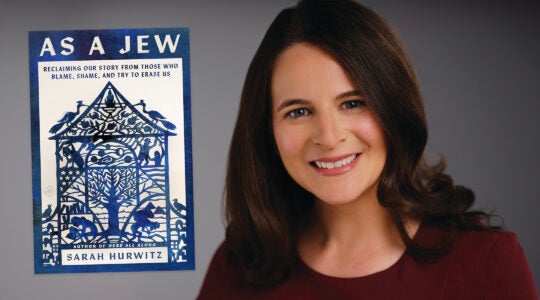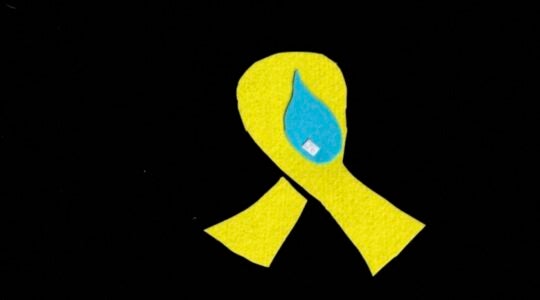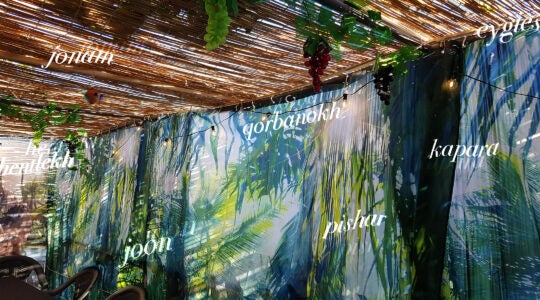JERUSALEM (JTA) — As a spiritual activist, I feel a deep calling to build bridges between people and their inner selves.
My own story involves building and crossing many bridges. Gender identity dysphoria accompanied me at birth 68 years ago, severely impacting most of my life. I was born on Long Island as Jeffrey Scott Smith, but I never felt right putting breath into what I felt was someone else’s body, as if I was held captive in it.
At the age of 20, in 1971, I ran to Israel to work on a kibbutz, a place where maybe I could forget the demons inside that were haunting me day and night.
While there, I visited the ancient Western Wall in Jerusalem and was excited to touch the stones. Yet I was overtaken by pain and my daily chronic anxiety. If I entered on the women’s side, where I know I belong, I would gain unwanted attention. If I chose to enter on the men’s side, I would feel like I was betraying myself.
But I sensed that I had to touch those stones. So with mixed emotions, I entered the men’s side — excited, but despising myself for not being authentic about who I really was, especially in such a holy place.
On that hot summer day, as I rested my aching head against the cool stones, I felt embraced. I felt something within me other than pain. I felt home. Something changed within me.
As I walked away from the Wall, for the first time I was excited to be Jewish. I was sure that I wanted to experience more of my Jewish identity and learn more about Israel. But just like at the Wall, I didn’t know where I could fit in.
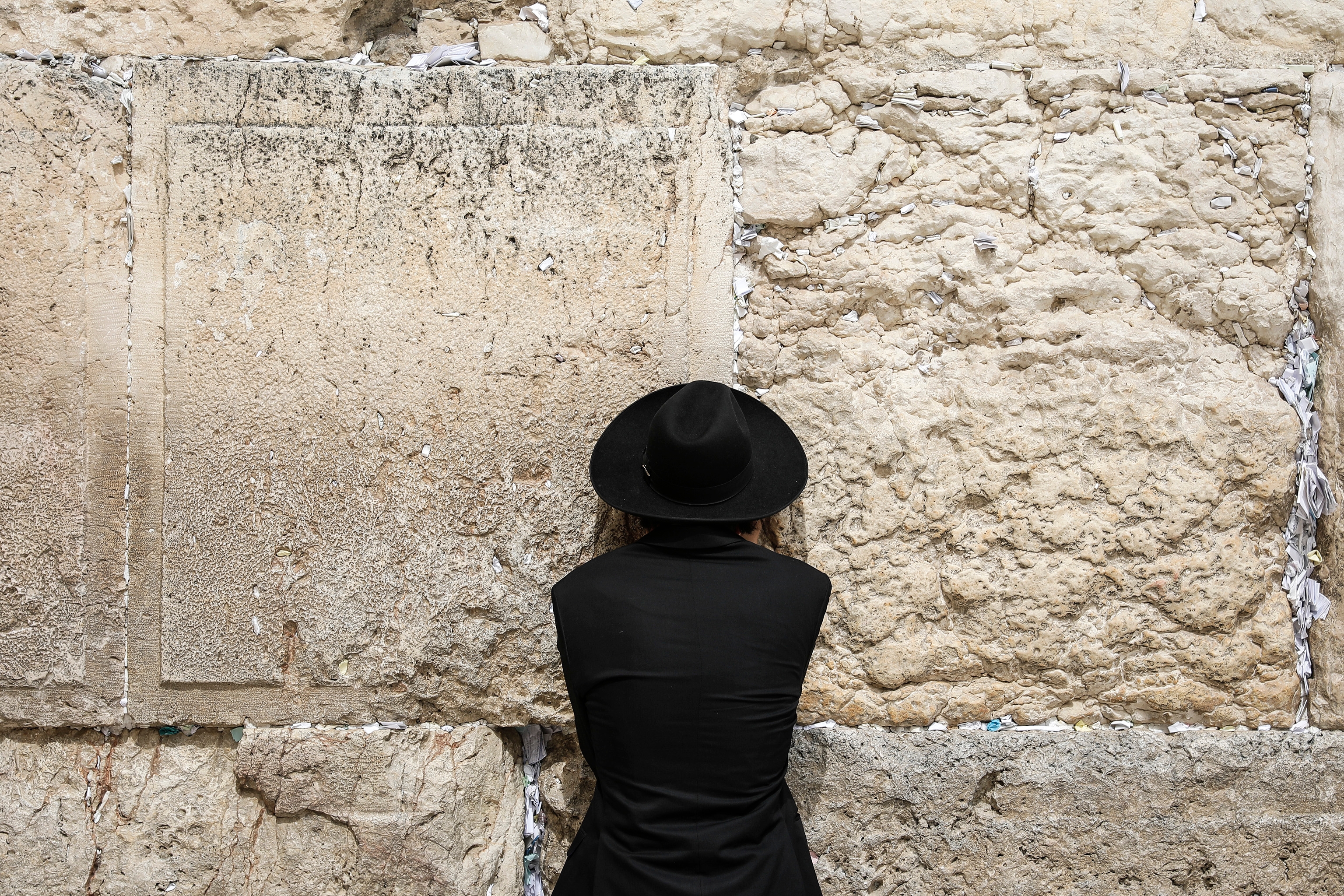
A religious Jewish man prays at The Western Wall, Judaism’s holiest site, in Jerusalem ahead of the Sabbath, May 24, 2019. (Wang He/Getty Images)
By 1975, back in New York, I became immersed in the Orthodox Jewish religious world. I went by my Hebrew name, Yaakov, and was making deals with God.
“God, I will be observant and devout, and maybe in return You will release me from the demons that are haunting me,” I prayed. “Help me feel that I am no longer a woman or change my body so it is no longer that of a man.”
As you probably can imagine, nothing changed. Maybe God was waiting for me to try harder.
In 1985, with my wife and children, I made aliyah and moved to Jerusalem as an ultra-Orthodox man. I became director of the Chabad House in the Old City. But the more I succeeded, the more I felt like an imposter.
In 1991, after 20 years of trying my best to live someone else’s life, I painfully realized that I kept my end of the deal but God had not keep His. In Israel, I was home. Yet there was no place for me to be at home; I knew I could not continue that life.
After a painful divorce, I left traditional Judaism, returned to New York and assumed my prior name, Jeff. Lonely and alone, floundering, I asked myself, “How can I be authentic in a world that really doesn’t encourage me and actually makes it so difficult?”
After 10 years of spiraling down a dark hole, on my 50th birthday I woke up to the loneliest, most disconnected and painful day of my life. I had no more energy to continue breathing air into someone else’s body while I myself was becoming lifeless.
That day, I made the monumental decision to begin my gender transition journey. In a flash, my dark lonely life became illuminated with the awareness that the time had arrived to begin living the truth.
Now I simply cried out, “God, please help me.” And He did.
To me, authentic living meant no longer living in fear and shame and guilt. Authentic living granted me freedom and a sense of self-worth, as I became faithful to my own essence, my soul.
I began to feel quiet inside, along with harmony and gratitude. Along my gender transition journey, I legally changed my name to Jessica.
Yet I still was not whole. There was a hole in my life where traditional Judaism previously resided. I longed to return to traditional Jewish living. My personal journey continued from Jessica to the Hebrew equivalent, Yiscah.
On my 60th birthday, I moved back to Jerusalem. In 2011, I approached the Wall – from the women’s side, as Yiscah.
As Yiscah, finally, I feel whole. I now teach authentic Jewish spiritual practice at the Pardes Institute in Jerusalem and in my home, and I speak to audiences around the world.
Helping others encounter a deeper part of themselves, the Divine spark within and the foundation for true and sustainable authentic living, is why I do what I do. My teachings bring inspiration, healing and encouragement to many more people than I ever imagined possible.
With a textual foundation based on the teachings of great Hasidic masters such as Rabbi Kalonymus Kalman Shapira, widely known as the Piaseczna Rebbe, engaging in contemplative spiritual practice can be beautifully simple. The Piaseczna emphasizes how important it is to gaze, observe and explore your inner being with curiosity rather than judgmentally. In this way, you will become more aware of your inner self, your spiritual center and your soul.
In my interactions with students, I see that each person possesses the inner resources to connect the head and the heart and discover their true selves.
Authentic Jewish living, premised on spiritual study and practice, is a powerful way one can accomplish this. If done on a large scale, authentic living can strengthen communities, as people are better able to weather the ups and downs in life and are better equipped to support each other because they possess the understanding and contentment of who they are — and what their ultimate purpose is.
JTA has documented Jewish history in real-time for over a century. Keep our journalism strong by joining us in supporting independent, award-winning reporting.
